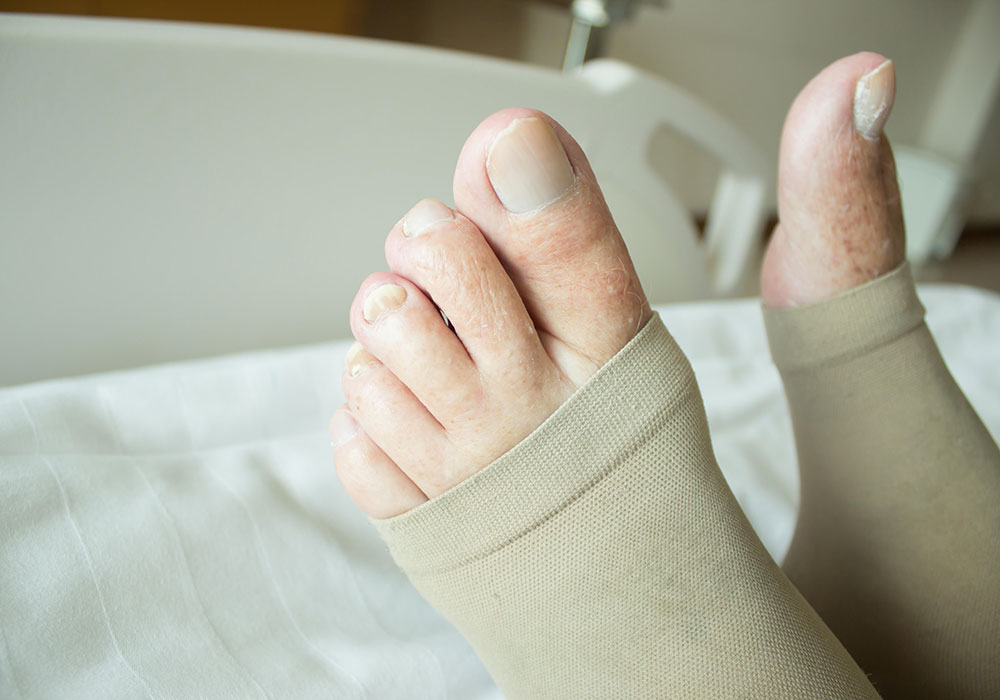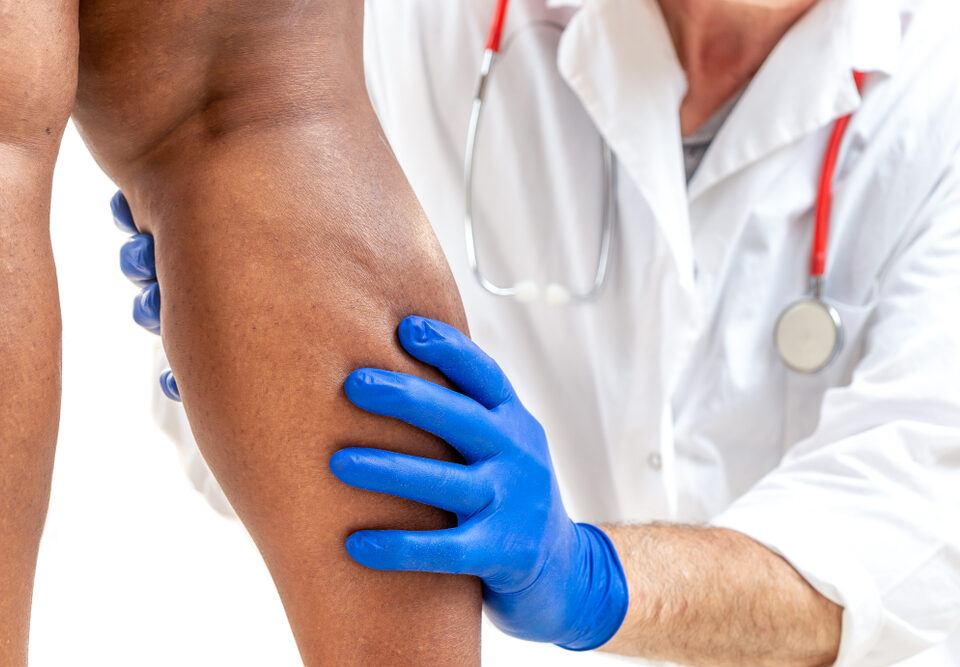
The Benefits of Compression Socks for Varicose Veins
December 18, 2018
Sclerotherapy Frequently Asked Questions
December 19, 2018According to the American Heart Association, over 8.5 million Americans have peripheral artery disease (PAD) and many may be unaware of it.
That’s because PAD symptoms, including leg pain with physical activity, are often mistaken for natural effects of aging or other conditions, which may prevent proper diagnosis and treatment.
So, could your leg pain be PAD?
Keep reading for everything you need to know about peripheral artery disease and leg pain, including causes, symptoms, and when to seek medical attention.
What Is Peripheral Artery Disease?
Peripheral artery disease is a venous condition caused by narrowing of arterial walls and decreased blood supply to the legs and lower extremities. It is a progressive disease and can get worse over time if it remains untreated.
Could Your Leg Pain Be Peripheral Artery Disease?
Physical activity requires increased blood flow to the legs and lower extremities, which is more difficult when arteries become clogged and compromised.
That being said, individuals with PAD often have pain, weakness, cramping, and numbness in their calves, thighs, or hips that’s brought on by physical activity and resolves with rest.
While peripheral artery disease and leg pain often go hand-in-hand, PAD may also present with changes to leg appearance, including thinning leg hair, shiny skin, decreased toe nail growth, and bluish discoloration of legs.
Additionally, be aware of sores on legs or lower extremities that won’t heal, as healthy blood supply is necessary to repair wounds.
What to Do If You Are Concerned About Peripheral Artery Disease and Leg Pain?
If you are experiencing any of these symptoms, you should seek medical attention from a vein specialist like Dr. Yash Kumar and Dr. James Harry.
While patients may dismiss signs of PAD or attribute them to another pre-existing condition, a skilled and experienced physician can conduct a thorough evaluation of your medical history, perform a physical exam, and employ state-of-the-art imaging to determine if you have peripheral artery disease.
When it comes to PAD, prompt diagnosis is critical, as research has shown that treatment is most effective when patients receive early intervention.
If you are concerned about leg pain or are experiencing other symptoms of Peripheral Artery Disease in Maryland, please contact our office today to schedule a comprehensive consultation with our vein specialists.



